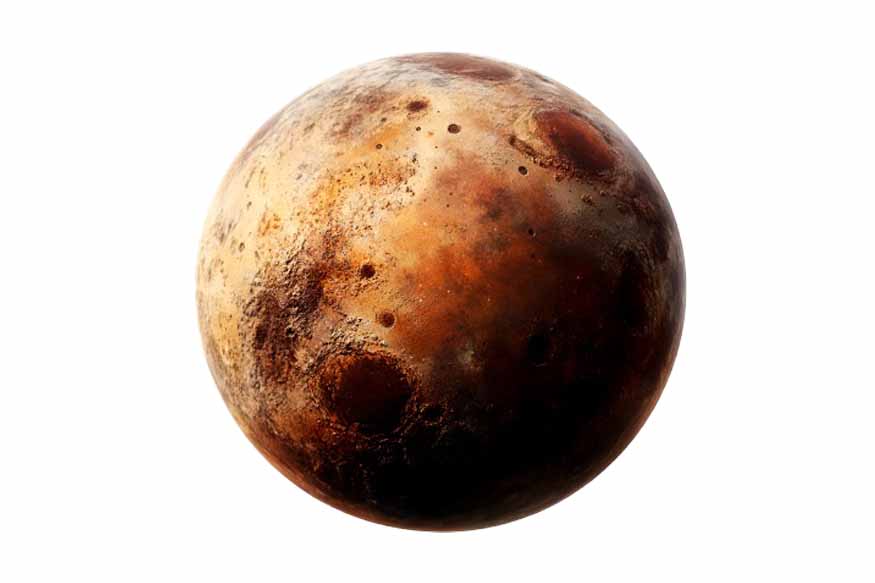Are you ready to embark on an exciting journey to the outer reaches of our solar system? Today, we will explore the fascinating world of Pluto, the dwarf planet that has captured the imagination of astronomers and space enthusiasts alike. Pluto may be small, but it is full of mysteries and intriguing facts that make it one of the most interesting objects in our cosmic neighbourhood.
- What is Pluto?
- Pluto’s Size and Distance
- Diameter: About 2,377 kilometres (1,477 miles).
- Distance from the Sun: Approximately 5.9 billion kilometres (3.7 billion miles).
- Pluto’s Moons
- Charon: The largest moon, with a diameter of about 1,212 kilometres (753 miles).
- Nix and Hydra: Discovered in 2005, these moons are much smaller than Charon.
- Kerberos: Discovered in 2011, it has an unusual double-lobed shape.
- Styx: Discovered in 2012, it is the smallest of Pluto’s moons.
- Surface and Atmosphere
- Sputnik Planitia: A heart-shaped region made of nitrogen ice.
- Tenzing Montes: A range of ice mountains that are as tall as the Rocky Mountains!
- Tombaugh Regio: A large, bright area named after Pluto’s discoverer, Clyde Tombaugh.
- New Horizons Mission
- Detailed images of Pluto’s surface features.
- Evidence of geological activity, such as ice volcanoes.
- Data on Pluto’s atmosphere and its interactions with the solar wind.
- Pluto’s Reclassification
- It must orbit the Sun.
- It must be spherical.
- It must have cleared its orbit of other debris.
Pluto is classified as a dwarf planet and is found in the Kuiper Belt, which is an area in our solar system that lies past Neptune and contains numerous icy and rocky bodies. This planet was first identified on February 18, 1930, by astronomer Clyde Tombaugh. For a long time, Pluto was thought to be the ninth planet in our solar system, but in 2006, the International Astronomical Union (IAU) changed its status to that of a dwarf planet.
Fun Fact: Pluto is named after the Roman god of the underworld. The name was suggested by an 11-year-old girl named Venetia Burney!
Pluto is much smaller than the eight main planets in our solar system. It is even smaller than Earth’s moon! Let us take a closer look at its size and distance:
Because Pluto is so far from the Sun, it takes a long time to complete one orbit. It takes about 248 Earth years for Pluto to make one full orbit around the Sun!
Interesting Fact: If you could fly in a plane at the speed of sound, it would take you nearly 14 years to reach Pluto!
Pluto has five known moons, each with its unique characteristics. The largest moon, Charon, is nearly half the size of Pluto itself! Here are the names of Pluto’s moons —
Fun Fact: Charon and Pluto are sometimes called a “double dwarf planet system” because they orbit a common centre of gravity!
Pluto’s surface is covered in icy plains, mountains, and valleys. It has a complex and varied landscape that includes:
Pluto also has a thin atmosphere composed mainly of nitrogen, with traces of methane and carbon monoxide. The atmosphere expands and contracts as Pluto orbits the Sun, freezing onto the surface when it is farthest from the Sun and sublimating (turning from solid to gas) when it is closer.
Interesting Fact: Despite its distance from the Sun, Pluto’s surface temperature can drop as low as -375 degrees Fahrenheit (-225 degrees Celsius)!
One of the most exciting events in the study of Pluto was the New Horizons mission. Launched by NASA in 2006, the New Horizons spacecraft made a historic flyby of Pluto on July 14, 2015. This mission provided the first close-up images and detailed data about Pluto and its moons.
Key Discoveries from New Horizons:
Fun Fact: The New Horizons spacecraft travelled for nearly 10 years and covered a distance of over 3 billion miles to reach Pluto!
In 2006, the International Astronomical Union (IAU) reclassified Pluto as a dwarf planet. This decision was based on new criteria for defining a planet. According to the IAU, a planet must meet three criteria —
While Pluto meets the first two criteria, it does not meet the third because it shares its orbit with other objects in the Kuiper Belt. Despite this reclassification, Pluto remains a beloved and intriguing object in our solar system.
Interesting Fact: The term “dwarf planet” was created to describe objects like Pluto that do not meet all the criteria to be considered a full-fledged planet.
Quick Facts About Pluto
|
Category |
Details |
|
Type |
Dwarf planet |
|
Diameter |
2,377 kilometers (1,477 miles) |
|
Distance from Sun |
5.9 billion kilometers (3.7 billion miles) |
|
Moons |
Charon, Nix, Hydra, Kerberos, Styx |
|
Surface Features |
Sputnik Planitia, Tenzing Montes, Tombaugh Regio |
|
Atmosphere |
Nitrogen, methane, carbon monoxide |
|
Discovery |
February 18, 1930, by Clyde Tombaugh |
|
Space Mission |
New Horizons (Flyby on July 14, 2015) |
Pluto may be small, but it is full of wonders and mysteries that continue to captivate scientists and space enthusiasts alike. From its icy plains and towering mountains to its fascinating moons and dynamic atmosphere, Pluto offers a glimpse into the diversity and complexity of our solar system. So, the next time you gaze at the night sky, remember that even the smallest objects in space have incredible stories to tell.
Keep exploring and stay curious, young astronomers!
For more such informative/interesting blogs, visit Center Point School.





